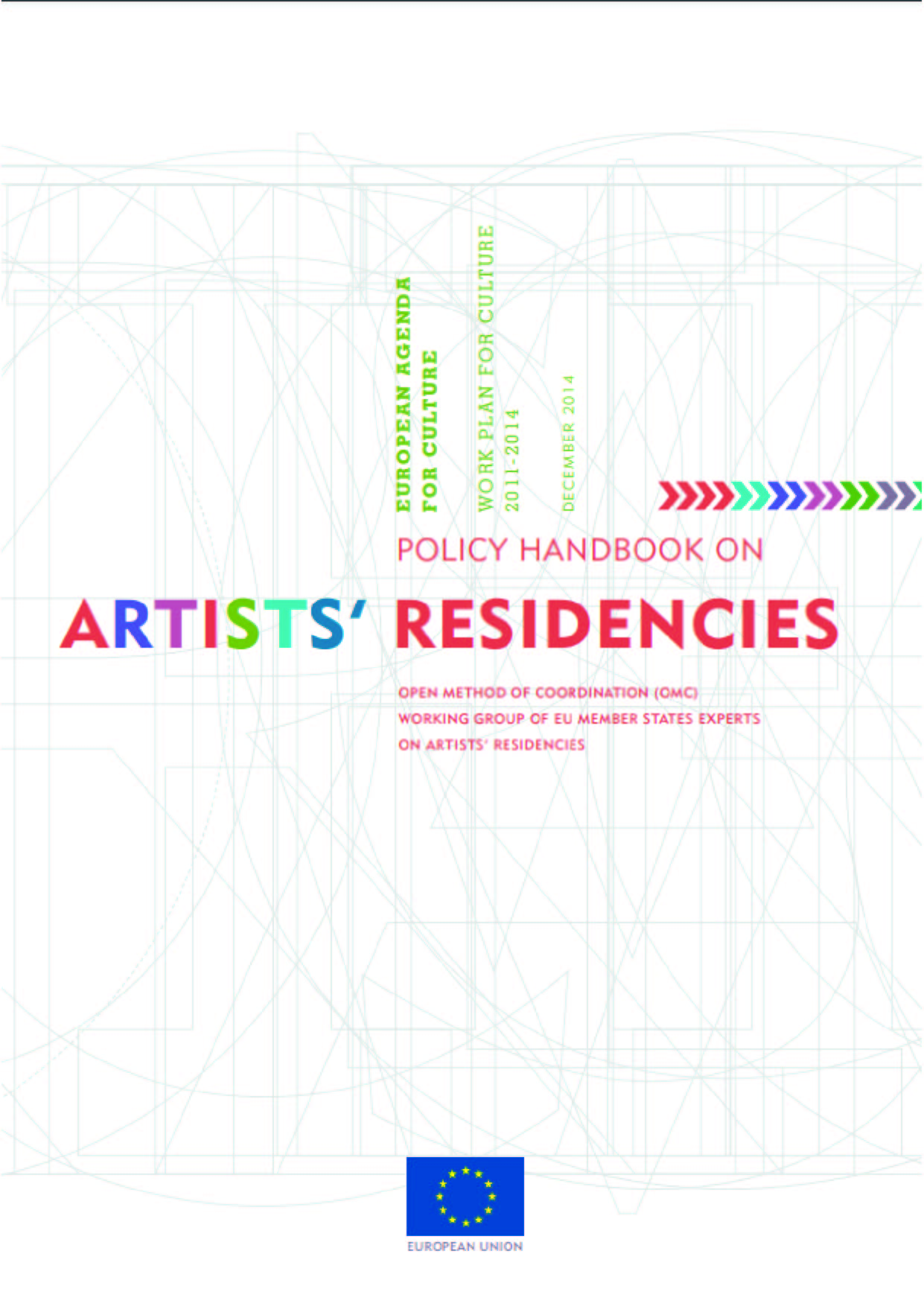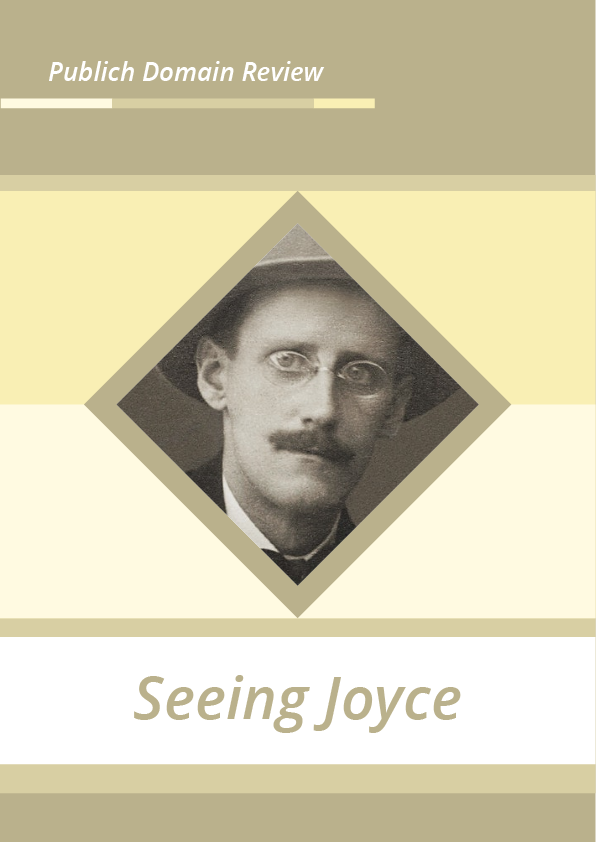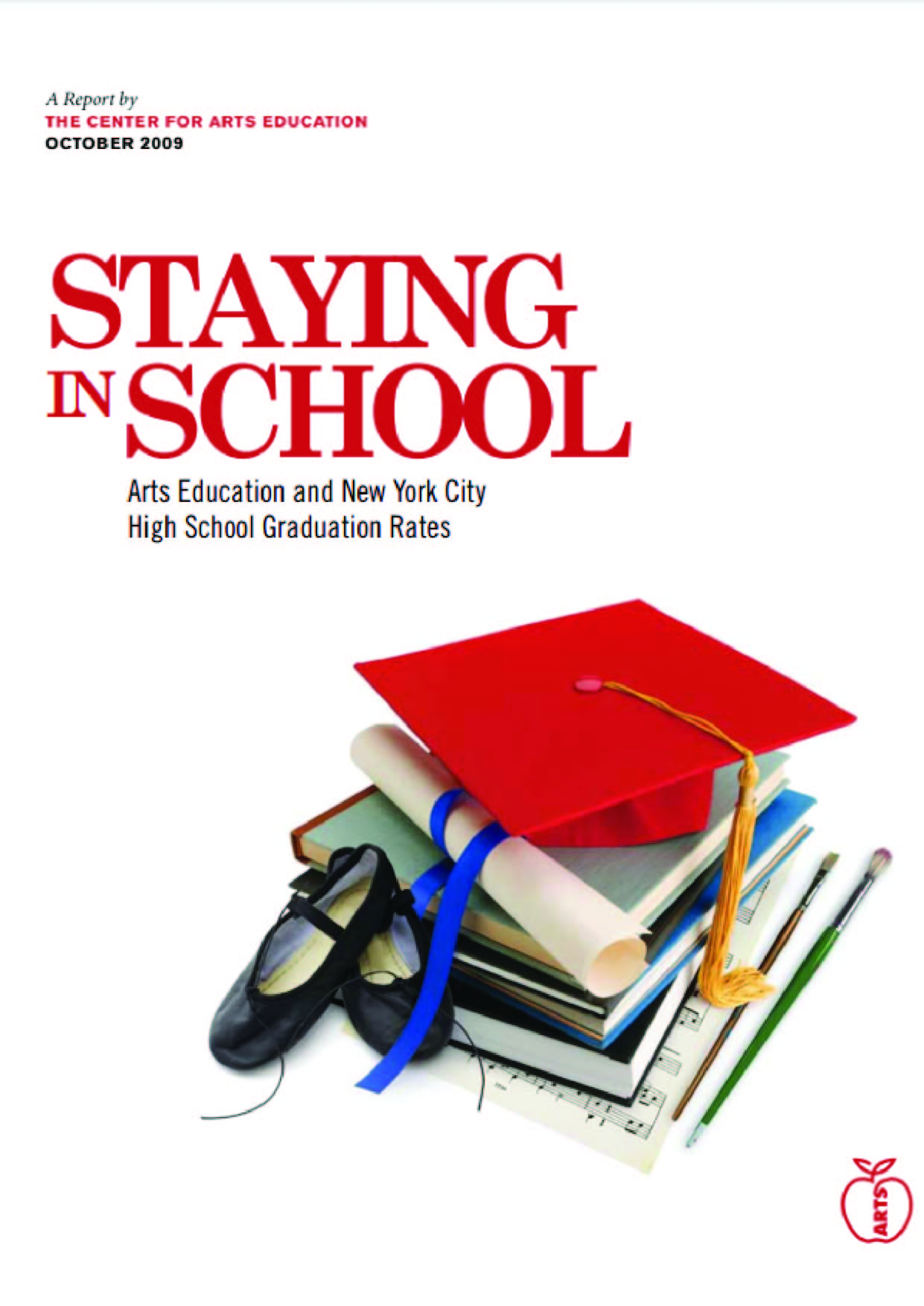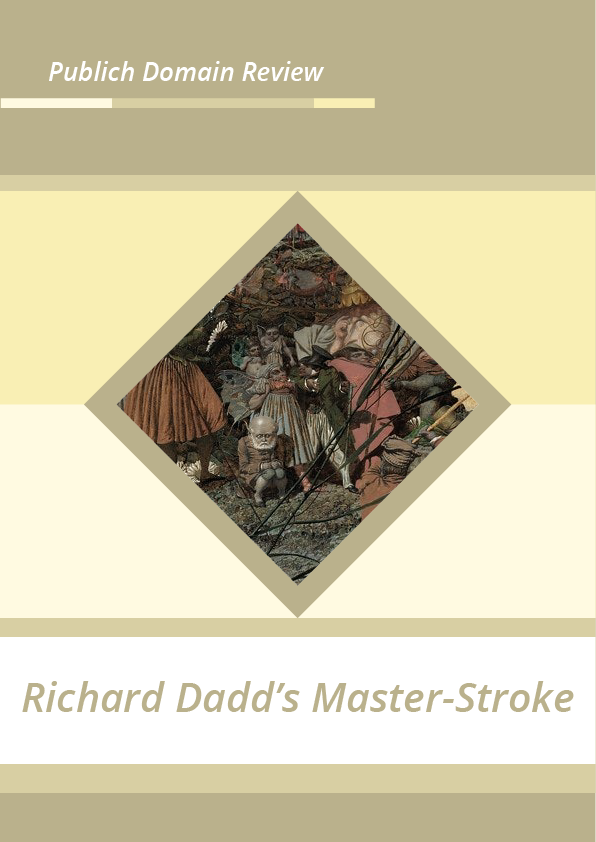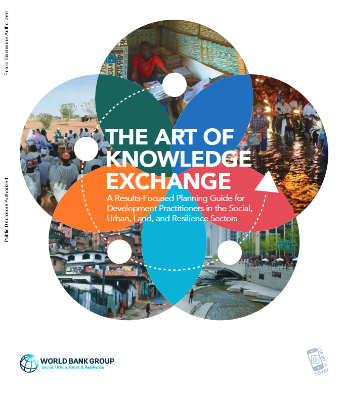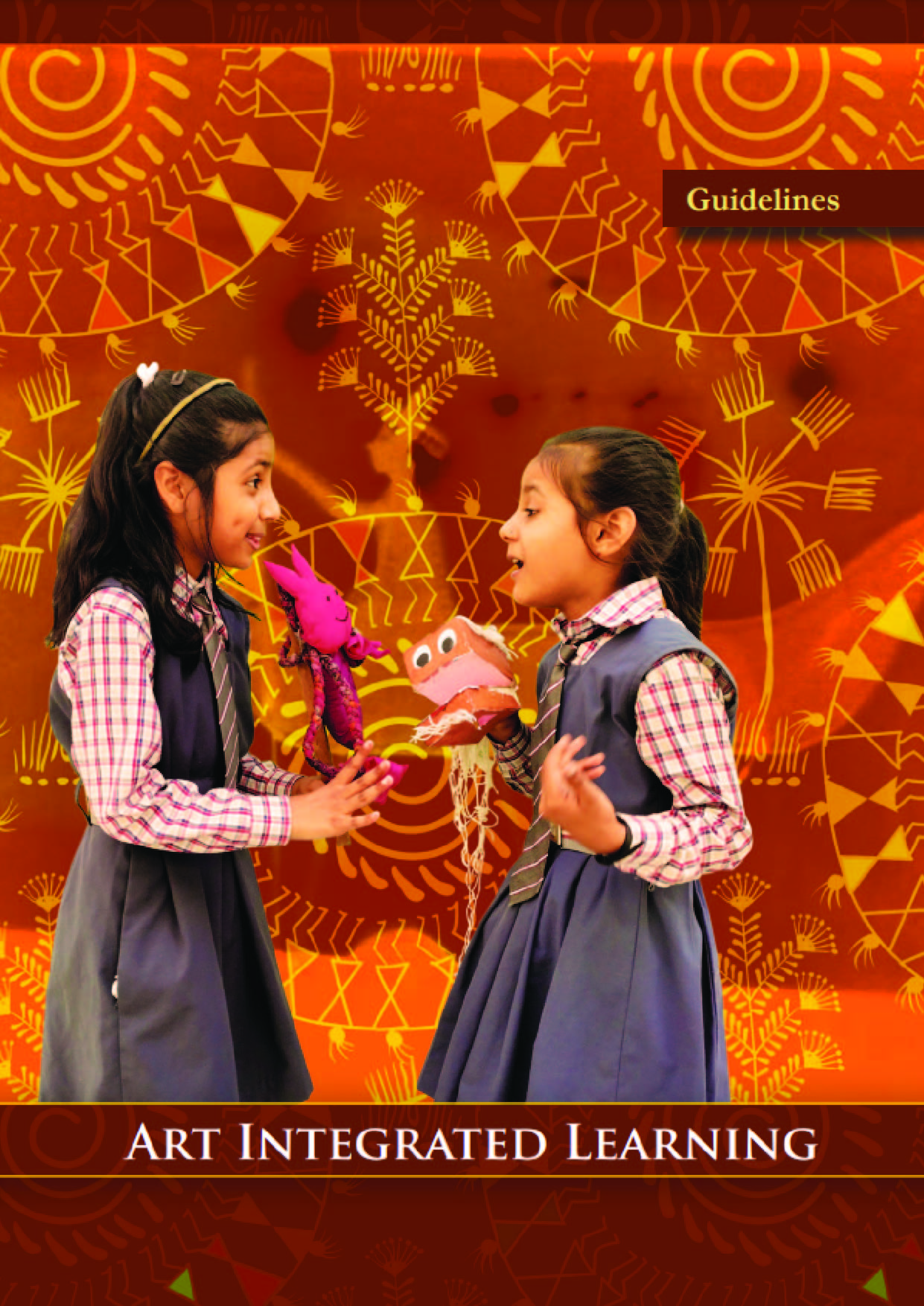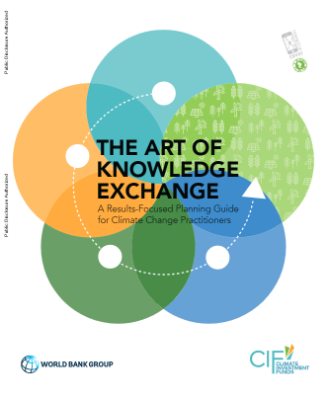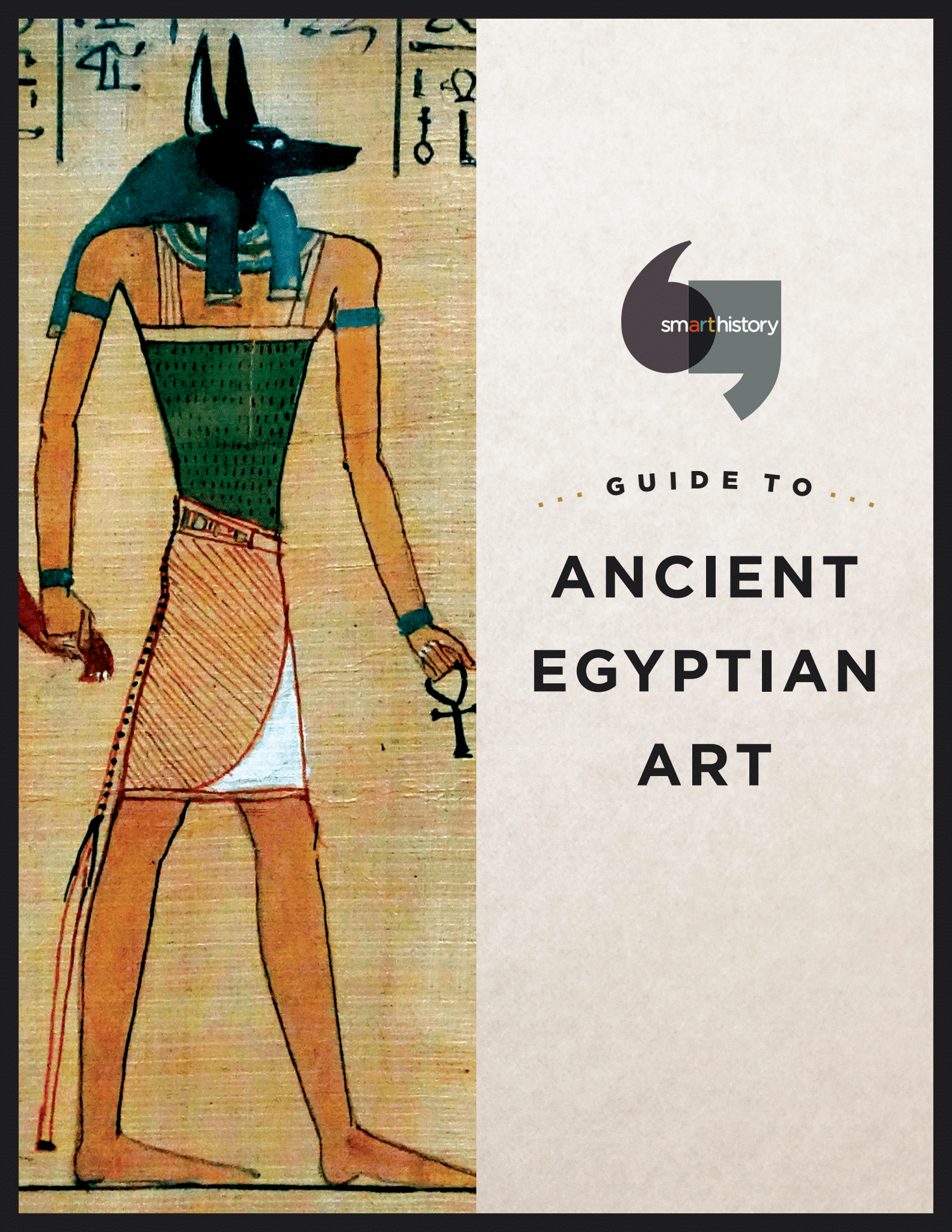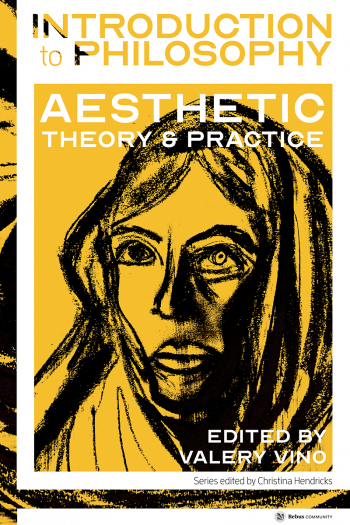Artists’ residencies
Artists’ residencies have become intrinsic to many artistic careers. They play an important role in facilitating and catalysing artists’ ability to move across the world. They have also developed into important elements in the (local) contemporary art scene connecting the local with the global art world.
The artists participating in residency programmes build bridges between countries and cultures contributing to cultural diversity. Artists’ residencies are an invaluable adjunct to short-term cultural exchanges, as they permit artists to develop a deeper understanding of their host societies and cultures. At the same time they create opportunities for giving insights into the cultural background of each participating artist’s own background. Consequently, artistic and cultural exchange and cooperation through residency programmes can increase understanding between countries and cultures. All of this is particularly vital in times of political and economic tension and when public opinion and attitudes across Europe are exhibiting signs of cultural intolerance.
Definition
‘Artists’ residencies’ is an open and fluid concept. It now encompasses a broad spectrum of activity and engagement. New technologies are providing new experiences including residencies in the digital space. The OMC group has used a pragmatic approach in defining residencies that allows for these changes while retaining the essence of the residency phenomenon:
‘Artists’ residencies provide artists and other creative professionals with time, space and resources to work, individually or collectively, on areas of their practice that reward heightened reflection or focus.’
Artists’ residencies typically offer accommodation, artistic coaching, production support and/or presentation facilities. Increasingly, residencies are thematic with the artists in residency working with other artists, scientists, and professionals from a range of disciplines and sectors and/or working within defined communities on specific themes. Artists’ residencies may ask for a tangible outcome, like an art production, an exhibition, a project, a workshop, a collaboration or may state that there are no prescribed outcomes.
Context of the Policy Handbook
According to Article 167 of the Treaty on the Functioning of the European Union (TFEU), the Union shall take cultural aspects into account in its action under other provisions of the Treaties, in particular in order to respect and to promote the diversity of its cultures. The European Agenda for Culture of 16 November 2007 – amongst its other objectives – advocates the promotion of cultural diversity and intercultural dialogue as well as the promotion of culture as a vital element in the Union’s international relations. These objectives regarding culture are also in line with the Europe 2020 strategy.2 Intercultural dialogue and support for the mobility of artists are, therefore, cornerstones of cultural policy at the EU level.
Mandate of the OMC Working Group on Artists’ Residencies
According to the OMC working group’s mandate, as described in the Council Work Plan for Culture 2011-2014,7 ‘experts will identify the success factors in preparing, carrying out and following up artists’ residencies with a specific focus on building capacity and on the goal of reducing imbalances in incoming/outgoing residencies. The good practice identified should help build capacity both inside the EU and when developing residencies in third countries, as well as facilitating networking at EU level’. This Policy Handbook is the final output of the common reflection of the OMC group’s work.
The Council mandate asked the group to look at the issue of imbalances in artists’ residencies. The OMC group members have taken this to mean the disproportion of artists in residency coming from within the EU as to those from beyond the EU, but also the existence of intra-EU imbalances (North/South & East/West). This is, in the group’s view, a result of other imbalances discussed in chapter 7 of the Policy Handbook.
Working method and timetable of the OMC working group
The work of the Open Method of Coordination (OMC) group of EU Member State experts on Artists’ Residencies was carried out in five plenary and subgroup meetings in 2013 and 2014. The 2nd and 4th meeting, combined with study visits, were held in Warsaw, Poland and Valletta, Malta, following the invitation of the national authorities. A drafting session for the present report was held in Brussels on 9 July 2014, with the participation of the experts from Ireland, Malta and Belgium (Flemish community). The last (5th) meeting of the OMC Working Group was held in Brussels on 15 & 16 October 2014.
The meetings were co-chaired by Yvette Vaughan Jones, Visiting Arts (UK) and Maria Tuerlings, Dutch Culture/TransArtists (NL). The European Commission provided logistical and secretarial support to the OMC group.
Feel free to read through this book it you are interest with the topic!
